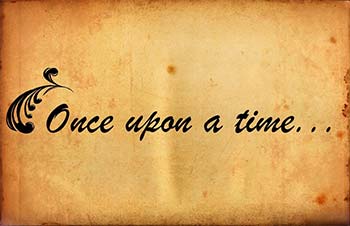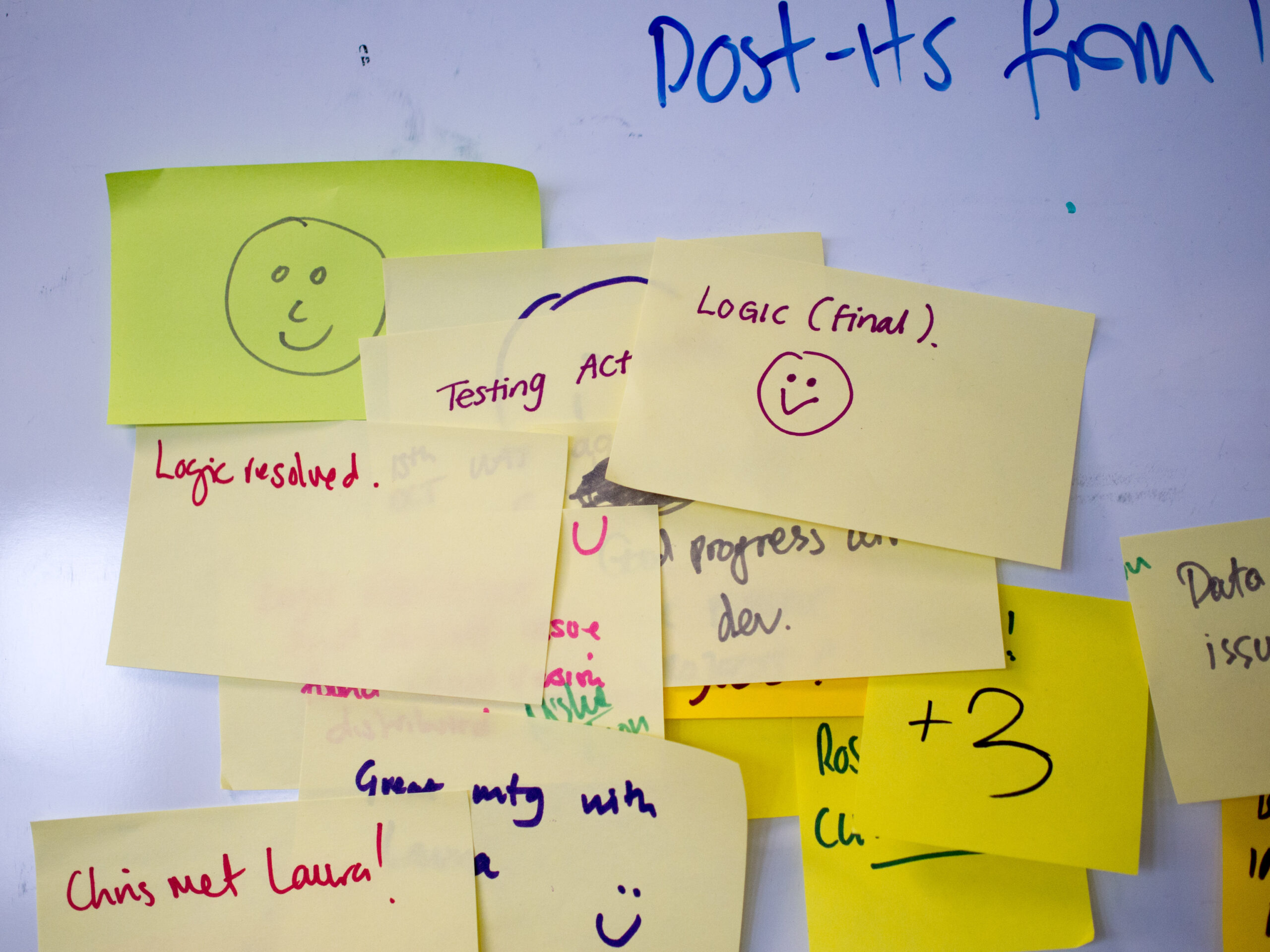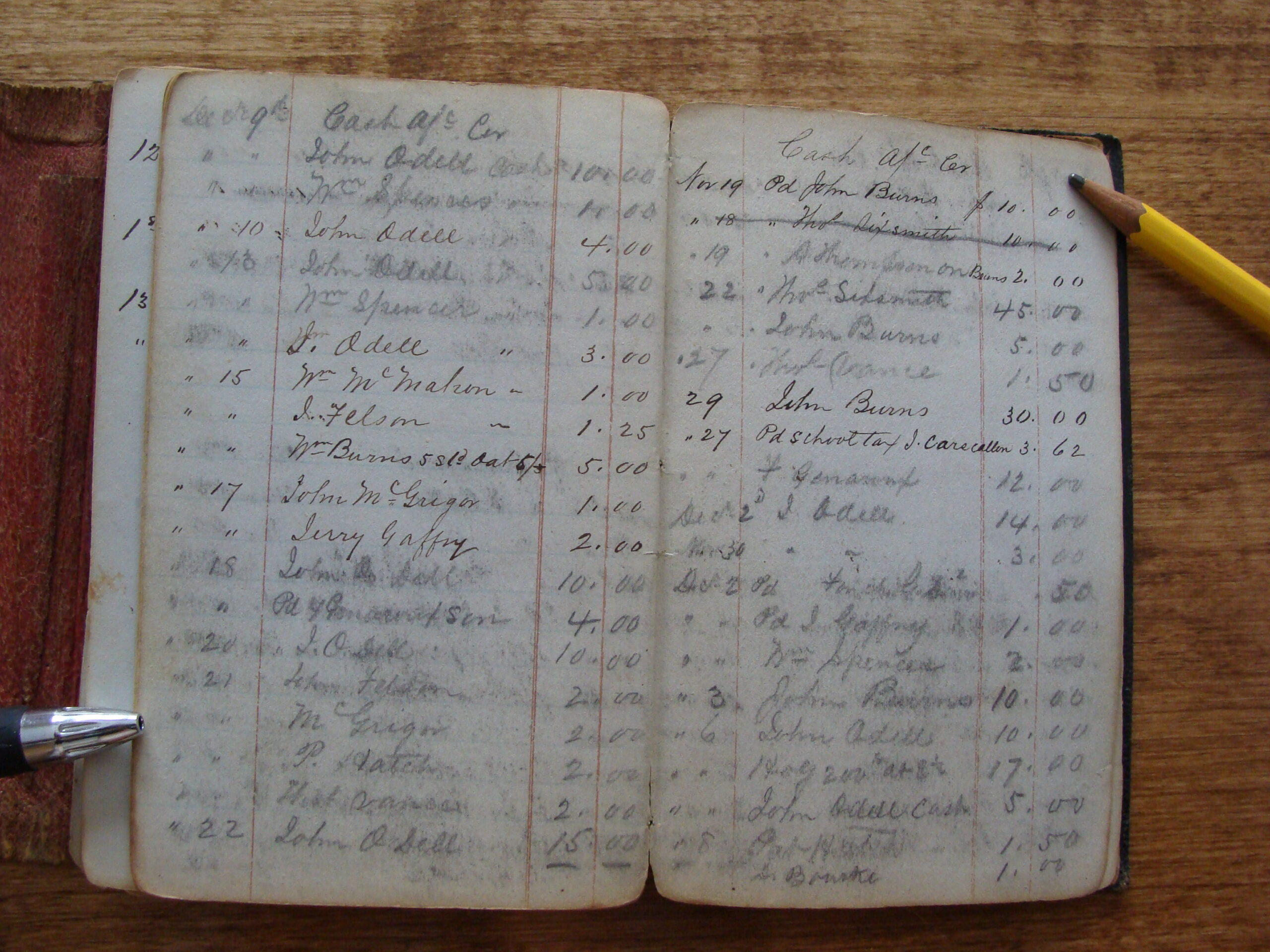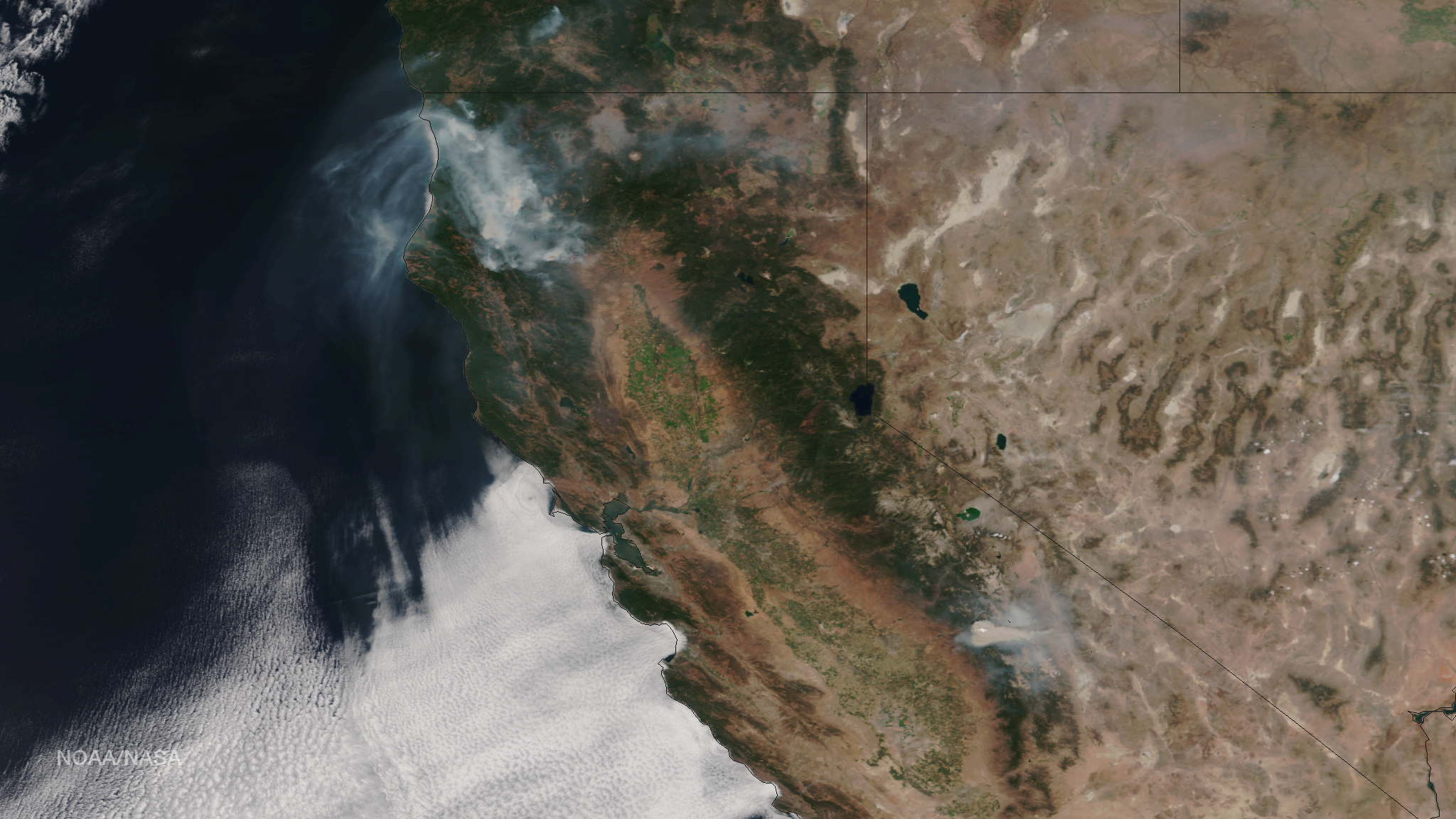Tell the user’s story
A GIS Strategic Plan (see template) defines the technical and business objectives of a GIS program. Many people view this as an uninspired document with cookie-cutter recommendations. But I like to see it as a way to understand the unique story of a client and turn that into a script for action. A focus on the user’s story ensures a more robust and vetted plan. In fact, the elements of good storytelling can easily be related to elements of a good GIS Strategic Plan.
Storytelling |
GIS Strategic Plan |
| 1. Who is the hero? (i.e. protagonist) | 1. Who are the GIS staff & end-user? |
| 2. What is the situation? | 2. What is the current GIS implementation? |
| 3. What does the hero’s want? (i.e. quest) | 3. What are the business goals? |
| 4. What’s stopping them from achieving it? (i.e. antagonists) | 4. What are organizational constraints or risks? |
| 5. How do they resolve it? (i.e. plot) | 5. What is the proposed GIS strategy? |
1. GIS managers, staff and end-users are the heroes
A GIS Strategic Plan is about a stakeholder, staff or end-user journey and how a GIS can help them achieve their goals. They are the heroes or protagonists of the story. You need to identify who they are they, what motivates them, what are their strengths/weaknesses and where they can benefit from support.
2. Your current GIS implementation is the existing situation
Most of the initial research we do—from stakeholder interviews to inventories and quality audits of geodata, to walkthroughs of current workflows and apps, to gap analysis—is to understand the starting point for a strategy. You can’t lay out a strategy until you know where your hero is coming from.
We ask subject matter experts to describe what is working well and identify any points of frustration or confusion with the current GIS environment. Then we have them list off all the things that they would want to change, improve, remove, modify, or create new in the current system and additionally asked them to rate the importance of these changes. The ability to evaluate future success and ROI will be measured against the understanding we build of this existing situation. From this point on, the hero’s journey or quest can begin.
3. Your business goals represent the central quest
You can’t plot a strategy if you don’t know the goals and direction your GIS needs to grow. GIS is no longer just a specialized complicated analytical tool. GIS now has broad application and utility to both complex business process like tracking development to simple functions like locating a park trail on a smartphone.
Goals need to be clear, concrete and external. GIS plays a smaller role with some business goals (e.g. reducing citizen complaints) but is the star player in others (e.g. mapping asset locations).
Goals help answer fundamental questions: Why do you do this? What has your organization achieved? What do you want to achieve? What do you want to do next? Goals are both short term: make it work now for those currently using the system; and long term: provide a roadmap to a sustained future of successful technological uses and growth throughout the entire organization.
4. Organizational constraints are the antagonists
Even if you’ve got the greatest GIS strategy ever, you still need to figure out and evaluate the risks that would prevent the objective from being accomplished (the antagonists). Then you need to understand what revisions or adaptive tactics can be used to overcome the most obvious obstacles and maximize chances for resourcing and implementation. Business constraints might be different than technical GIS constraints. Ideally a GIS strategy will address both.
5. Strategy is the plot
At this point in the story, you know who the players are, what’s working and what’s not, and have some ideas about how to move forward to achieve those goals.
When I write up a strategy, I think about them as though I were developing the plot for a novel. Each tactic or recommendation is a way to move the GIS hero(es) closer to the goals. What benefits can they achieve? What obstacles or risks might they encounter? What recommendations do we have for governance and staffing? What is the required technical architecture, workflow modifications, and data? What are tentative timelines? Finally, we document how the GIS Strategic Plan recommendations can help achieve these goals, save the kingdom and let everyone ride off into the sunset.
If you are interested in documenting and presenting the story behind your own strategic plan needs, drop us a line.





